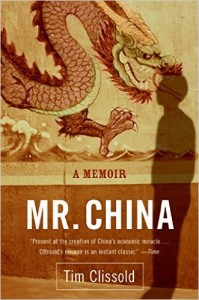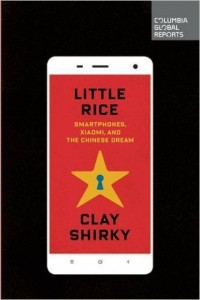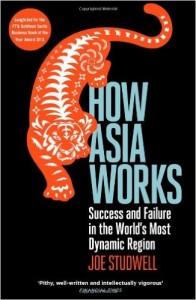With all this obsession over Make in India followed by the Make in India week that was recently celebrated in Mumbai, it is necessary, more than ever, to think of the true costs of making something in another country. India has it’s own issues & which I’m sure will be eventually solved by thoughtful trial & error. But it’s also interesting to look at history & learn from previous attempts of making stuff in places where outsiders have never had to manufacture something at an enormous scale.
I had one such interesting learning experience when I read the book Mr. China by Tim Clissold.  If the title of the book has not already given the plot away, it is a great reminder of the true cost of capital (monetary & mental). When we outsiders read about China, we mostly hear about the extremely well developed coastal / port cities of China. I had personally never heard of what really happens in the inner cities of China within the mainland.
If the title of the book has not already given the plot away, it is a great reminder of the true cost of capital (monetary & mental). When we outsiders read about China, we mostly hear about the extremely well developed coastal / port cities of China. I had personally never heard of what really happens in the inner cities of China within the mainland.
Mr. China is a story of FDI in China, a sort of Make in China moment charting the experience of Mr. Clissold from the mid to late 80’s & the 90’s. To be fair, it’s a story of great difficulty coupled with a lack of understanding of local ways of doing business. As an outside investor, who is used to the rule of law & an understanding among partners to respect each other’s rights, the book shows horror stories of how often these rights were often abused. The outside investors’ have to face a possibility of being treated with hostility when they try to impose their ways on the existing law of the land. If even 10% of what book says is true, then it’s quite an achievement that China has now become the no. 2 economy in the world.
I wanted to try & connect this stark reality of doing business in China with the economic success of some of its home grown businesses. A recent addition to the sport of “China Watching”, called Little Rice by Clay Shirky  does a fantastic job of summarising the rapid socio-political changes the country is going through with the backdrop of a highly visible & successful homegrown manufacturing company, Xiaomi.
does a fantastic job of summarising the rapid socio-political changes the country is going through with the backdrop of a highly visible & successful homegrown manufacturing company, Xiaomi.
Every country will have it’s own unique issues and it will plague the outside investors in their own way. But very few business are run just for the fun of it. There has to be clear expectation of what you’re getting for what you’ve paid. Sometimes the results may not meet the expectations (or promises), and the all the investor can do is suck it up & find another place to invest (if there’s anything left).
The beauty of Mr. China is that it shows Foreign Direct Investment in two ways. How the locals tend to look at outside investors & how the outside investors can grossly underestimate the challenges on the ground. It’s easy to spin a tale in a conference which welcomes new businesses to invest in a country. It’s a completely different animal, to hand hold the investor in the initial stages and clear any barriers to the smooth functioning of the business without giving up our own rights in the process. Also make sure local entrepreneurs don’t get walked over when new players are introduced in the market.
The story is oddly familiar even in other North & South East Asian countries as mentioned in the book How Asia Works by Joe Studwell.  History has repeated itself all the time but eventually the initial teething issues have paid off quite remarkably, setting up global manufacturing hubs to outsource more expensive processes from developed countries.
History has repeated itself all the time but eventually the initial teething issues have paid off quite remarkably, setting up global manufacturing hubs to outsource more expensive processes from developed countries.
It will be prudent for any investor of this theme, to look at how several businesses have grown in India in the past couple of decades mostly using India’s manufacturing base to sell within India. Exporting manufactured goods to other countries from India is equivalent to competing with other manufacturing bases of the world. So is Make in India a good thing, most definitely yes, is it going to change anything immediately, no.

Leave a Reply